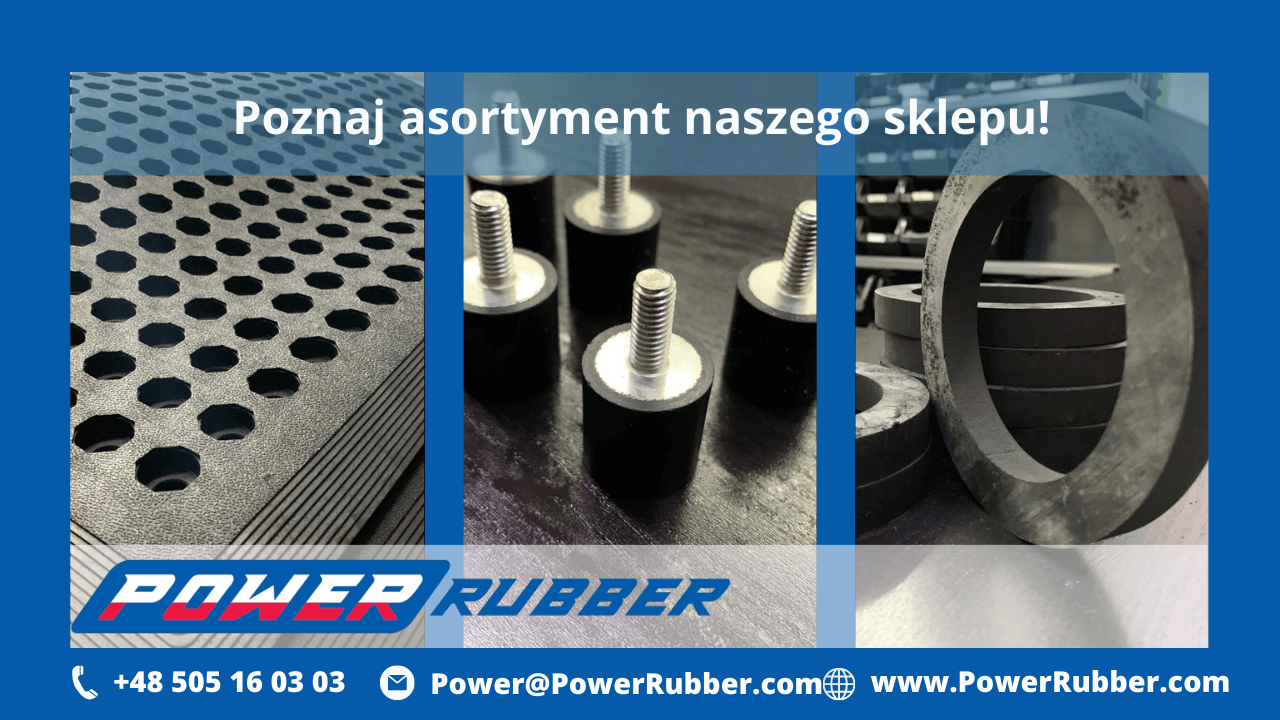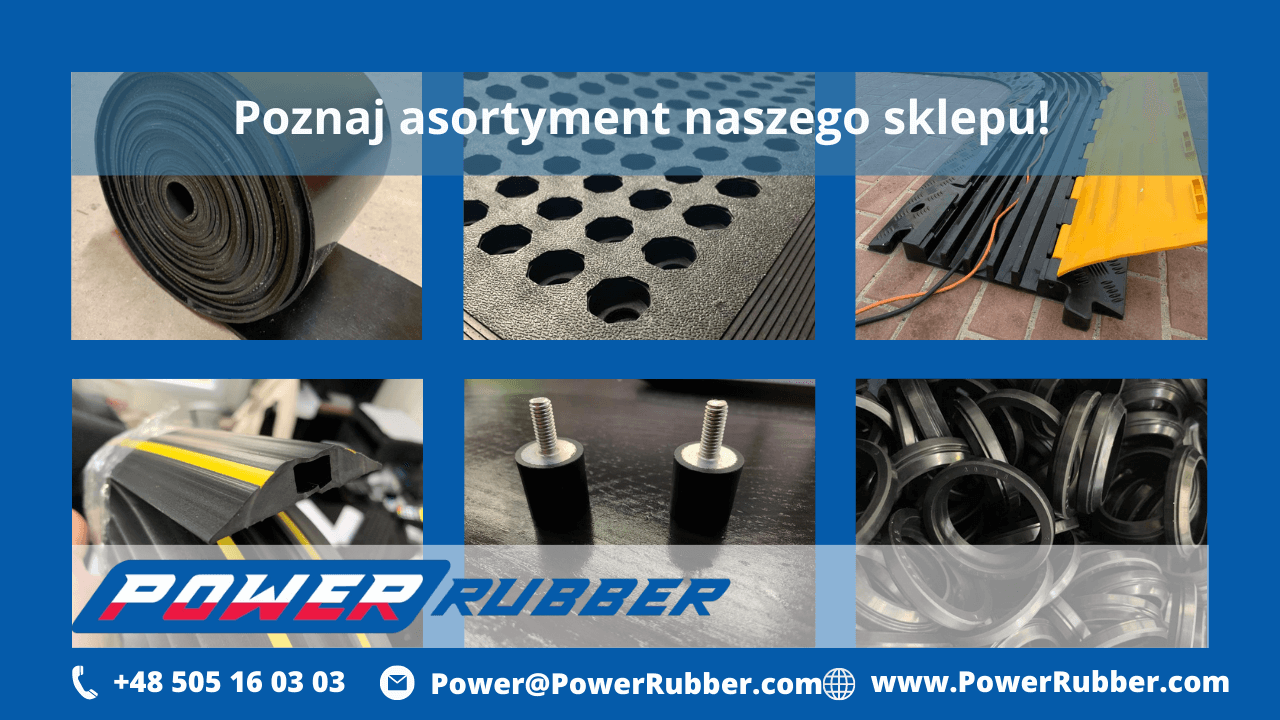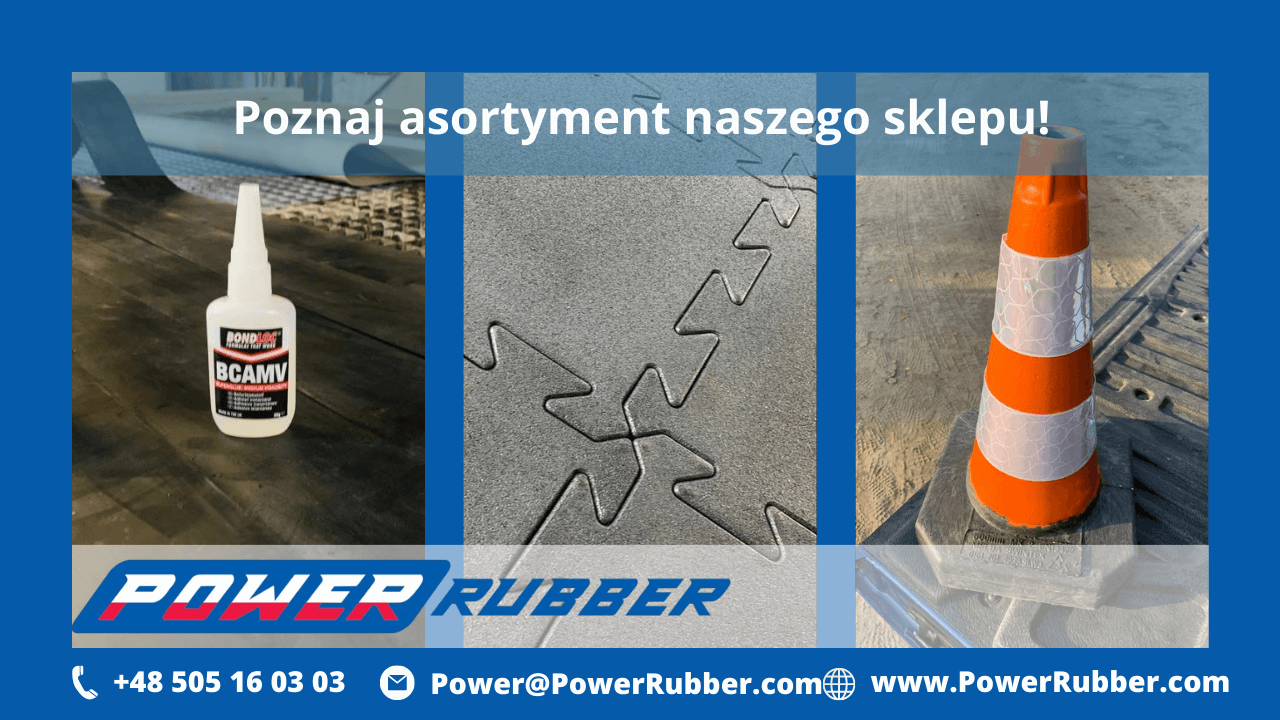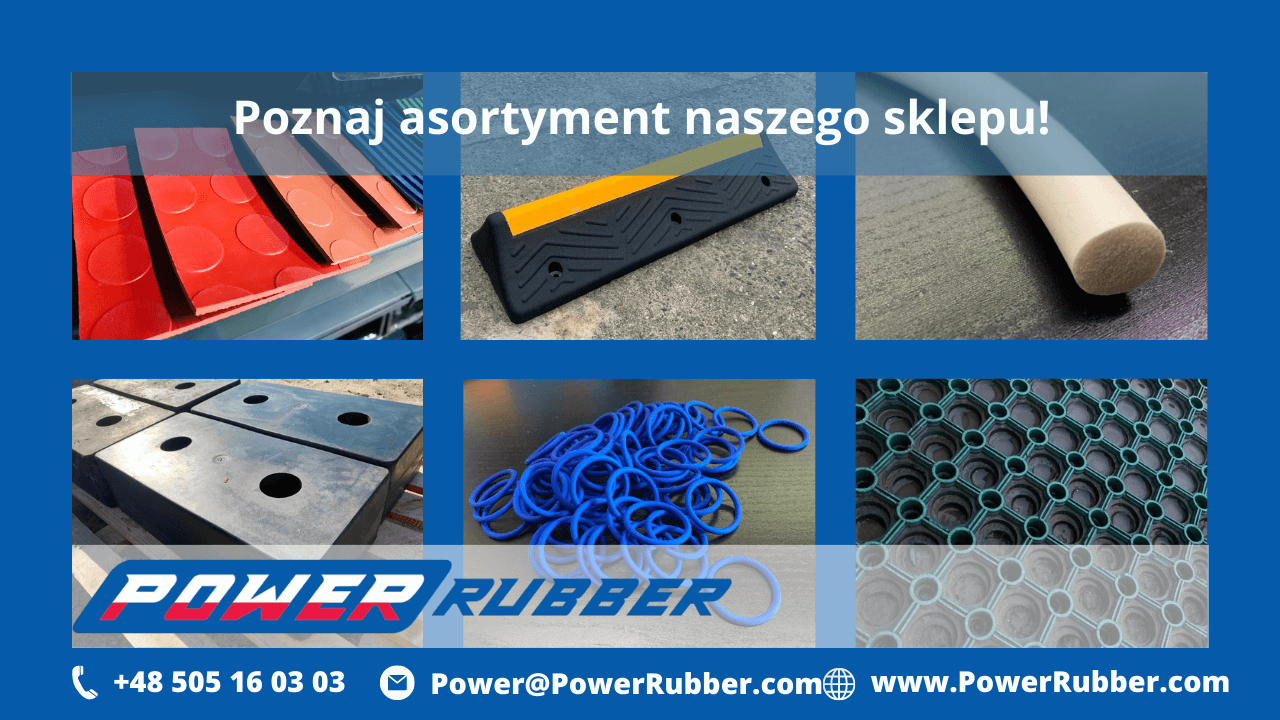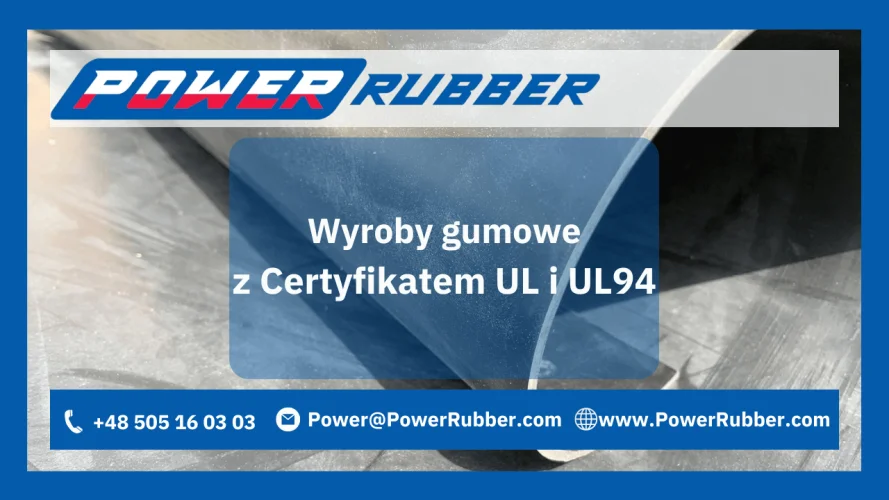UL Certification and UL94 Flammability Standard for Plastics
Underwriters Laboratories is a safety certification company for products, processes, systems, and facilities based on industry standards. After safety tests on household appliances, heaters, lighting, building materials, wires, cables, etc., the UL logo is affixed as confirmation that the devices and their components meet all safety standards in the American and Canadian markets. Furthermore, products bearing the UL logo indicate safety and quality of the product.
We distinguish three main UL classification marks:
-
UL Recognized - can be found on components such as power supplies and other elements in manufacturing plants;
-
UL Listed - this type of certificate applies to consumer-ready products (e.g., smoke detectors, fire extinguishers, heaters);
-
UL Classified - the UL classification establishes standards that are specific to each product;
What does UL certification mean?
The rigorous UL certification process aims to demonstrate that products used by customers or employees do not pose a threat to them. The testing is carried out in three stages. The first stage involves examining the product's construction. Subsequently, detailed tests are conducted using the product, and finally, its operation is analyzed. Companies that receive product safety certificates are regularly monitored to ensure they continue to adhere to strict standards.
One of UL's branches is located in Poland, allowing manufacturing plants and personnel to undergo assessments for compliance with safety standards.
To apply for UL marking and certification, samples of the product must be submitted for testing and all necessary forms found on the website must be completed. After the sample is tested, it undergoes a safety and compliance evaluation. Products that meet the standards receive a certification from Underwriters Laboratories.
What is the UL 94 certification?
The UL94 standard concerns the flammability safety of plastics. It evaluates the flammability of polymeric materials (plastics) and classifies them in six categories: HB, V-2, V-1, V-0, 5VB, 5VA. It does not cover polymeric materials used in constructions or finishes, among others.
Fire-resistant materials according to UL94
According to UL 94 requirements, artificial materials are classified into six combustion classes:
-
HB - slow burning on a horizontal sample; burning speed <76 mm/min for thickness <3 mm or stopping before reaching 100 mm
-
V-2 - materials do not burn for more than 30 seconds; dripping of burning particles is allowed
-
V-1 - when burning stops within 30 seconds on a vertical sample; non-ignited particle drops are allowed
-
V-0 - the base material meets specified flammability standards; when a vertical sample is introduced to a test flame, it self-extinguishes within 10 seconds of removal and does not drip burning particles
-
5VB - burning stops within 60 seconds on a vertical sample, no dripping is permitted; serrated plaque samples may develop a hole
-
5VA - burning stops within 60 seconds on a vertical sample; no dripping is allowed; serrated plaque samples must not develop a hole
The least fire-resistant material is labeled HB, while the most resistant is labeled 5VA.
Why is certification so important?
Meeting product safety standards significantly impacts the safety of consumers and employees. It is essential for devices in use to operate correctly and not cause any unwanted injuries. Manufacturers or service providers who have obtained an international UL certificate can be confident that all their offered products comply with rigorous safety requirements, and their quality of production is impeccable.
UL certification is a guarantee of product durability and reliability under normal daily use. It is also a marketing element that significantly influences the consumer's final decision regarding the purchase of a particular product.
Implementing uniform safety standards is particularly crucial for electrical products.

What is UL 94 V0 rubber certification?
Fire is one of those situations we usually do not expect, so it is incredibly important to use flame-retardant materials that effectively protect against the spread of fire. The flammability classification of plastics informs the user how a particular material reacts when exposed to fire.
Fire-resistant rubbers are resistant to direct flame exposure, making them widely used in commercial buildings, public transport, the electronics industry, and any area with a risk of sparks.
The UL94 V0 standard is the best among all fire safety tests. Materials that meet this standard can quickly extinguish flames, providing adequate fire protection. They are commonly used in car interiors, electrical enclosures, or as building materials.
What are the requirements for UL 94 V0 rubber?
UL94-V0 rubber is a self-extinguishing material in a very short time. It complies with one of the most rigorous flammability standards, UL94-V0.
At Power Rubber, we provide materials used in industries requiring a high level of fire safety. They meet the following requirements:
Burning time: the material stops burning within 10 seconds of flame application
Dripping: does not produce burning droplets that could ignite a cotton thread placed under the specimen
Glowing: any glowing after flame removal must cease within 30 seconds
Applications of UL94-V0 rubber
- public transport (rail, air, sea)
- electrical enclosures and insulation
- medical equipment
- automotive and aviation components
- everyday-use electronic devices
UL 94 V0 foam rubber
UL94 V-0 foam rubber is a material with an open- or closed-cell structure. It provides compressibility, flexibility, good thermal and acoustic insulation, as well as cushioning. It works great as a vibration-damping and sealing element. Fire-resistant foam rubber is widely used in industrial equipment, consumer electronics, the automotive industry, sound-absorbing panels, battery chambers. The type of rubber compound chosen influences how the material behaves under specific environmental conditions during use.
Solid UL 94 V0 rubber with UL 94 V0 standard
UL94 V-0 solid rubber is a material with a dense structure. It is less compressible and flexible. It is characterized by high mechanical strength and abrasion resistance. It works perfectly as a protective, insulating, and vibration-damping element. Fire-resistant solid rubber combines safety and durability. It is widely used for sealing in the electrical and automotive industries, machine and equipment components, as well as structural elements (e.g., aircraft cabins). It is essential to remember that the material properties depend on the type of rubber compound chosen.
Highly fire-resistant materials available at Power Rubber store
At the Power Rubber store, we offer a wide range of materials with the UL94 V0 certification (vertical burning test). Our rubber products have successfully passed the flammability test according to the international UL 94 standard, evaluating the behavior of plastics in contact with fire.
What will you find in the Power Rubber offering?
EPDM Rubber UL94 V0
This high-performance elastomer combines the durability of EPDM rubber with fire protection properties, allowing its use in construction and production. It extinguishes burning within 10 seconds without dripping burning particles. The rubber has been specially developed to meet fire safety requirements. It exhibits low toxicity of gases and low smoke density. It has excellent resistance to UV radiation, ozone, and aging, making it ideal for external and internal applications.
NBR Rubber UL94 V0
This flame-resistant rubber combines excellent resistance to oils and fuels with the highest level of fire exposure safety. The material burns for up to 10 seconds in a vertical test without dripping burning particles. NBR rubber effectively reduces the fire risk in industrial, automotive, and power installations. It provides reliable operation even in challenging operating conditions.
Silicone UL94 V0
In case of fire, silicone rubber helps stop flames, preventing the spread of fire. The material offers exceptional thermal stability, excellent insulation properties, and very low flammability. It self-extinguishes within 10 seconds in a vertical test without dripping burning particles. UL94-V0 silicone ensures reliability in the electronic, automotive, and medical industries.
Feel free to contact us by phone at +48 22 292 40 24 or +48 50 51 603 03, or via the provided email address (power|powerrubber.com| |Power|PowerRubber.com) or through our contact form

